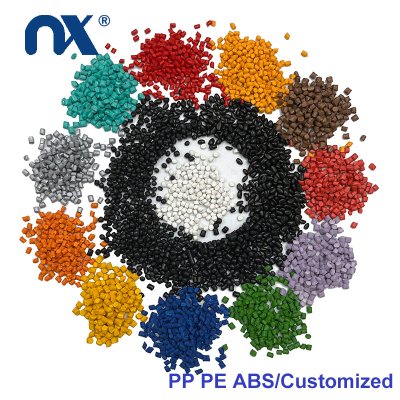Industry Benefits of Sodium Sulfate Filler Masterbatch: Enhancing Efficiency and Reducing Costs
Industry Benefits of Sodium Sulfate Filler Masterbatch: Enhancing Efficiency and Reducing Costs
In the fast-evolving plastic industry, manufacturers are constantly seeking ways to improve the efficiency, quality, and cost-effectiveness of their production processes. One key solution gaining traction is the use of Sodium Sulfate Filler Masterbatch, which has proven to be an innovative material for a wide range of plastic applications.
Sodium Sulfate Filler Masterbatch is primarily used to replace a portion of expensive raw materials in plastic production without sacrificing quality or performance. This filler masterbatch consists of sodium sulfate (Na₂SO₄) as the primary ingredient, combined with a polymer resin base such as polyethylene (PE) or polypropylene (PP). The result is a versatile and cost-effective additive that enhances the overall performance of plastic products.
One of the greatest advantages of Sodium Sulfate Filler Masterbatch is its ability to reduce production costs. By incorporating this filler, manufacturers can significantly lower their reliance on virgin polymer materials, which are subject to fluctuating prices in the global market. The use of sodium sulfate as a filler can result in material cost savings of up to 20-30%, making it an attractive option for plastic producers.
In addition to its cost-saving benefits, Sodium Sulfate Filler Masterbatch offers improved processing efficiency. It enhances the flow properties of polymers during extrusion and molding processes, reducing cycle times and energy consumption. This not only helps manufacturers lower their operational costs but also increases production capacity.





